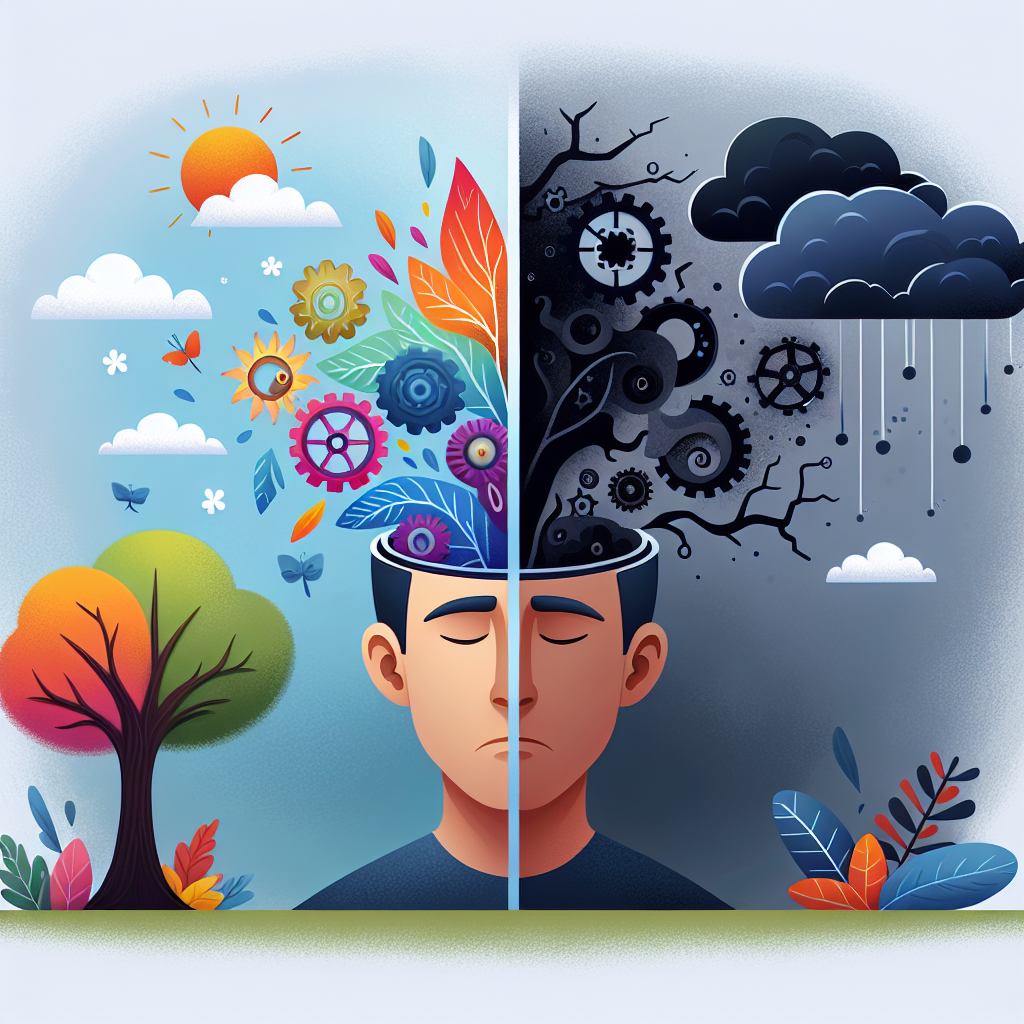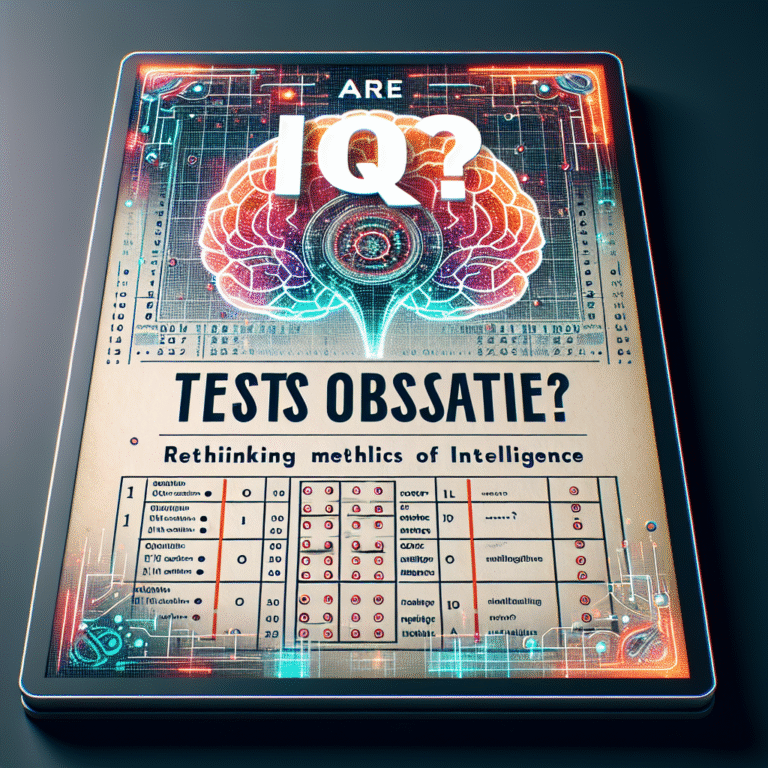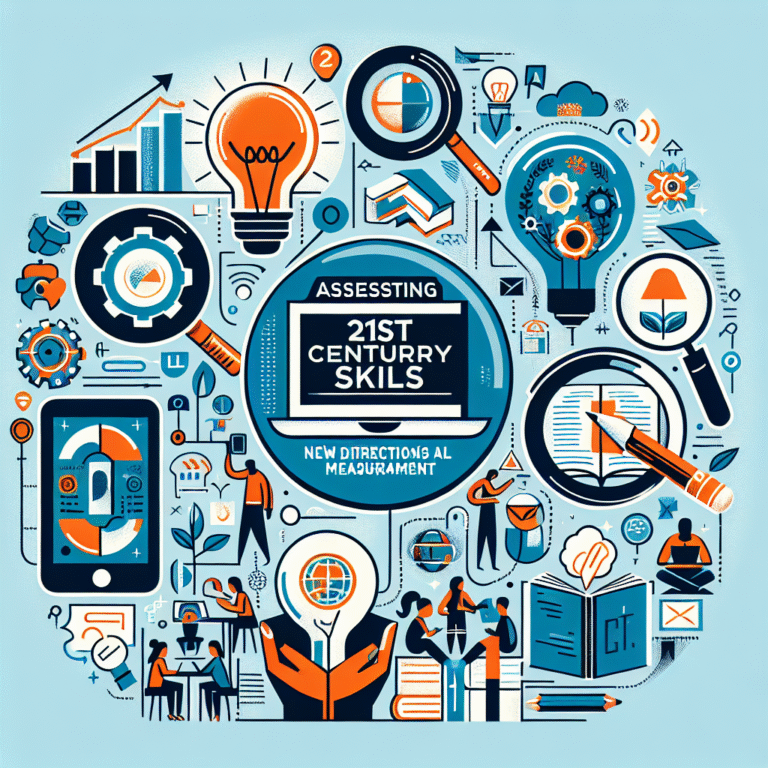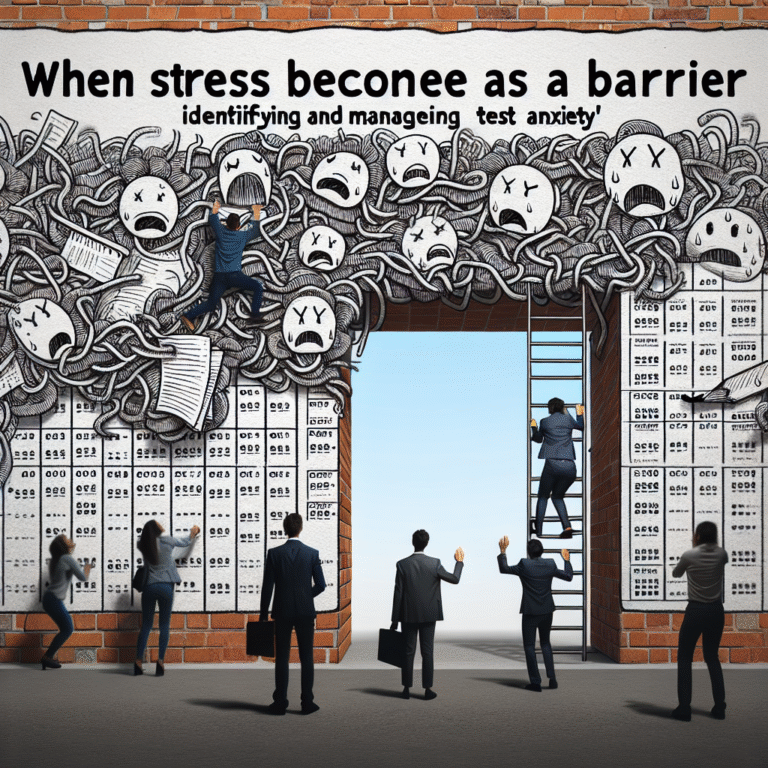
Introduction
Imagine standing at the edge of a great chasm. On one side lies your current reality—familiar but limiting. On the other is a vast landscape of potential and possibilities. What stops you from crossing? For many, it’s a fixed mindset—an internal dialogue that reinforces limitations rather than encouraging growth. In this exploration of The Hidden Costs of a Fixed Mindset: Why It’s Holding You Back, we’ll uncover how this mindset can stymie your personal and professional development, ultimately preventing you from achieving your fullest potential.
Understanding Fixed vs. Growth Mindset
Before delving into the costs, it’s crucial to understand what a fixed mindset is compared to its counterpart—a growth mindset.
Fixed Mindset
A fixed mindset is characterized by the belief that abilities and intelligence are static traits that cannot be changed. Individuals with this mindset often avoid challenges, give up easily, see effort as fruitless, ignore feedback, and feel threatened by the success of others.
Growth Mindset
Conversely, a growth mindset is grounded in the belief that abilities can be developed through dedication and hard work. This perspective fosters resilience and a willingness to embrace challenges, leading to greater achievement.
Table 1: Key Differences Between Fixed and Growth Mindset
| Aspect | Fixed Mindset | Growth Mindset |
|---|---|---|
| View on Abilities | Static and unchangeable | Developable through effort |
| Approach to Challenges | Avoidance | Embrace and learn from |
| Response to Failure | Defeat and discouragement | Opportunity for growth |
| Attitude Towards Feedback | Defensive and dismissive | Open and receptive |
| Perspective on Others’ Success | Threatening | Inspirational and motivating |
The Hidden Costs of a Fixed Mindset
1. Missed Opportunities
A fixed mindset leads individuals to shy away from opportunities that seem daunting. Whether it’s applying for a dream job or pursuing a new hobby, fear of failure restricts growth. For instance, a talented programmer might stick to their comfort zone, neglecting opportunities to learn new languages or frameworks. The hidden cost? Stalled career progression and diminished innovation that could drive significant contributions within their industry.
2. Stagnation in Personal Growth
The comfort of a fixed mindset might feel safe, but this perception can lead to stagnation. When we avoid challenges, we miss out on learning experiences. Consider Sarah, an aspiring artist who initially feared taking advanced painting classes fearing criticism. This avoidance stifled her creative expression and delayed her artistic development. Embracing a growth mindset could have unlocked a wealth of insight, skills, and connections within the art community.
Case Study: The Corporate Leader’s Dilemma
In a corporate environment, John, a department head, clung to a fixed mindset. When innovative automation technologies were suggested, he resisted change, fearing it would disrupt his team’s dynamics. However, his competitors who leveraged these technologies thrived, leaving John’s department behind. His fixed mindset not only affected his professional growth but also impacted his team’s morale and productivity.
3. Anxiety and Fear of Failure
One of the most insidious hidden costs of a fixed mindset is the anxiety it breeds. The fear of failing can be paralyzing and often results in individuals not even trying. A study from Stanford University illustrates how students with a fixed mindset experience heightened anxiety when faced with challenging tasks, thereby leading to poorer performance.
4. Relationships and Team Dynamics
A fixed mindset doesn’t just affect individuals; it can also have detrimental effects on relationships. A leader who sees criticism as a personal attack will cultivate a toxic culture, stifling open communication and collaboration. A classic example comes from the tech giant, where leadership’s fixed mindset led to a siloed approach, causing infighting and ultimately a dwindling market share.
5. Innovation and Creativity
In a rapidly changing business landscape, innovation is crucial. A fixed mindset can suffocate creativity by promoting conformity over exploration. Companies that encourage a growth mindset, like Google, have seen significant returns on investment in innovation efforts. Google’s “20% time” policy, which allows employees to spend a portion of their workweek on projects they’re passionate about, has led to transformative products like Gmail and Google Maps. This innovative environment is a stark contrast to companies that maintain a fixed mindset, resulting in a failure to adapt and innovate.
Case Study: Innovation in Tech
Consider the case of Blockbuster versus Netflix. Blockbuster, with its fixed mindset, resisted the digital shift, ultimately leading to its downfall. In contrast, Netflix embraced innovation, transforming its business model and flourishing in a competitive marketplace. This case exemplifies The Hidden Costs of a Fixed Mindset: Why It’s Holding You Back not just for individuals, but for entire organizations.
6. Emotional Well-being
The psychological toll of a fixed mindset can lead to increased stress and lower self-esteem. People often internalize their perceived failures, which can spiral into deeper issues such as depression. A 2020 meta-analysis found that individuals with a growth mindset reported higher levels of resilience and emotional well-being compared to those with a fixed mindset.
Strategies to Shift from a Fixed Mindset to a Growth Mindset
While recognizing the hidden costs is vital, knowing how to transition to a growth mindset is equally essential. Here are actionable strategies to transform your perspective:
1. Embrace Challenges
Start small by pushing your boundaries in low-risk settings. Sign up for a workshop, join a new group, or tackle a project that intrigues you. The small victories will build your confidence and encourage further growth.
2. Reframe Failure
Instead of fearing failure, treat it as a learning opportunity. Acknowledge what went wrong, dissect the experience, and extract valuable insights.
3. Seek Feedback
Embrace constructive criticism. Instead of viewing feedback as a reflection of your abilities, see it as a road map to improvement. Encourage peers to offer insights and practice active listening.
4. Celebrate Others’ Success
Adjust your perspective towards competition. Instead of feeling threatened by others’ achievements, view them as learning opportunities that can inspire your own journey.
5. Develop Resilience
Focus on developing resilience through mindfulness practices, such as meditation or journaling, which help in managing stress and promote a healthier emotional state.
Conclusion
The journey from a fixed mindset to a growth mindset isn’t always easy, but the hidden costs of maintaining a fixed mindset are too great to ignore. By confronting these costs head-on and employing strategies for growth, you can break the chains of limitation and unlock a future filled with potential. Embrace the challenge of transformation and take steps today to foster a mindset that propels you forward.
FAQs
1. What is a fixed mindset, and how does it contrast with a growth mindset?
A fixed mindset believes abilities are static, while a growth mindset views them as developable through effort. This fundamental difference can dramatically affect personal and professional growth.
2. How can I recognize if I have a fixed mindset?
Signs include avoiding challenges, feeling threatened by others’ success, and viewing effort as futile. Self-reflection and seeking feedback can help illuminate these tendencies.
3. What are the long-term effects of a fixed mindset?
Long-term effects can include stagnation in career and personal life, decreased emotional well-being, and missed opportunities for advancement and growth.
4. Are there specific industries more affected by a fixed mindset?
While no industry is exempt, industries reliant on creativity and innovation, such as technology and the arts, can suffer significantly from a fixed mindset limiting progress and adaptability.
5. How can organizations foster a growth mindset?
Organizations can create a culture that encourages experimentation, provides resources for learning, and celebrates both successes and failures. Leadership training focused on mindset theories can also help shift corporate culture.
By understanding The Hidden Costs of a Fixed Mindset: Why It’s Holding You Back, you pave the way for transformative growth, not just for yourself, but for those around you. Take the leap today; the possibilities are endless!


















